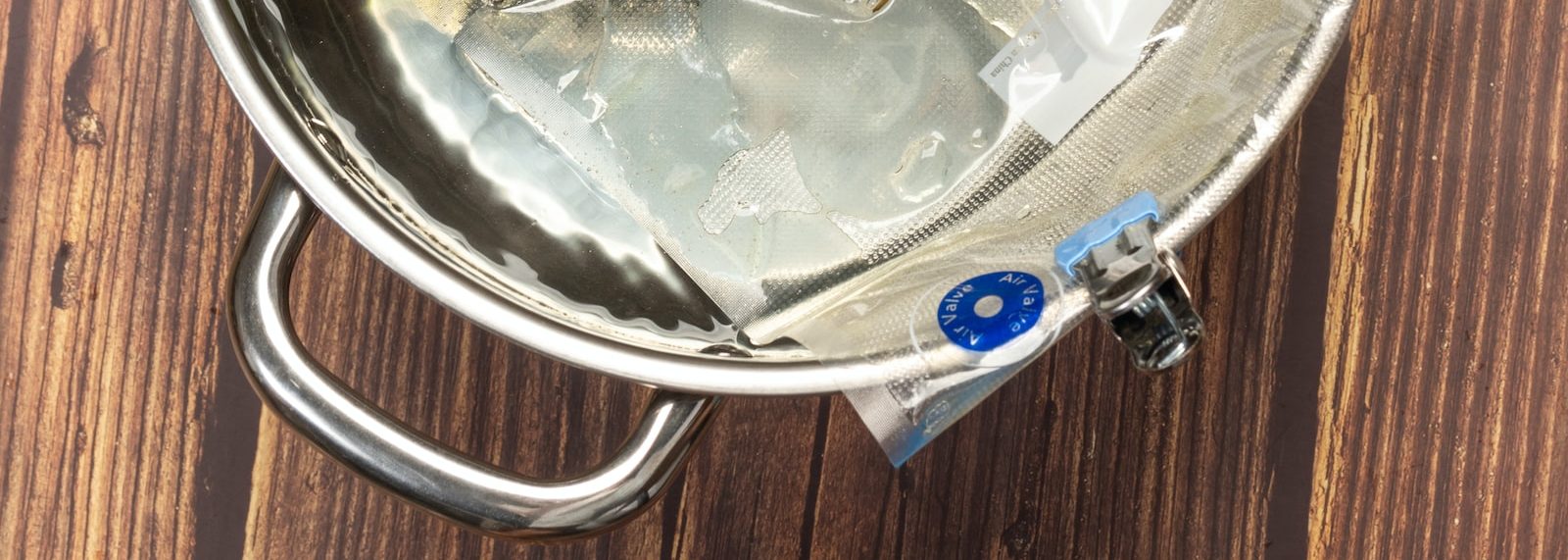How Sous Vide Can Help Recession-Proof Restaurants
3 Min Read By Sean Wheaton
The prospect of an impending recession has left restaurants scrambling to cut costs, increase revenues, and implement new strategies to gear up for the approaching downturn.
One method that the industry has increasingly moved to in order to achieve these goals is sous vide cooking. Sous vide, translated to “under vacuum” in French, is a cooking technique that involves sealing product under vacuum, usually in a plastic pouch, and cooking it in precisely temperature-controlled environments to within a tenth of a degree, most often in a water-bath. It utilizes precise temperature control to deliver consistent, restaurant-quality results. Once a method reserved for use in the highest echelon of restaurants, the method has become increasingly more accessible.
Evolutionary Method
Now chefs at every level of the hospitality industry are using it. Unlike traditional cooking methods like braising, stewing, or roasting that allow aromatics and moisture to escape from the food, sous vide contains them within the product. Sous vide is often described by Dr. Goussault, Chief Scientist at Cuisine Solutions and the pioneer of modern sous vide, as an evolution of very traditional methods of wrapping food in leaves and cooking it underground. We’re using science to enable chefs to recreate the ideal result every time.
Cost Savings
Not only does sous vide have culinary benefits, but it also has savings benefits, when restaurants utilize a sous vide prepared foods supplier. Restaurants that adopted the sous vide prepared foods at the beginning of the pandemic are seeing the economic benefits. For one, sous vide reduces labor and prep time. Food preparation traditionally requires a series of intensive steps involving the careful separation of raw cooked and ready to eat product. The painstaking record keeping required for an in-house HACCP plan. The careful cleaning trimming portioning and use of resources needed for advance preparation.
Labor and Waste Savings
Sous vide can cut hours of in-house prep time down to minutes. Instead of having to go through the process of prepping each food item, food items can come pre-portioned fully cooked and ready to be finished. This benefit frees up more time for restaurant staff to focus on the details that will elevate the dish and that your guests will notice.
Not only does sous vide cut labor costs, but it also cuts waste. Loss from trim, loss of moisture from, broiling, roasting, or grilling, and conversion cost from raw materials can run as high as 40%. Most of the most valuable juices and fragrances that make up a dish’s flavor profile are also lost when the item is cooked traditionally. By using sous vide, restaurants can dramatically reduce waste while simultaneously enhancing the quality of their dishes.
Efficient Method
Using sous vide can also help restaurants to lock in prices for future events, banquets, or menu offerings. Sous vide prepared foods can be purchased far in advance, setting a fixed cost for food supplies. This offers a chance for businesses to take future inflationary price increases out of the equation. The benefits also open up more time for restaurants to focus untapped resources into operations, marketing, and sales. Knowing the costs in advance help restaurants construct thorough long-term business plans without having to account for the expensive variables that come with inflation, waste, and labor costs.
In the restaurant industry where turnover is high, mom-and-pop restaurants aren’t typically considered to be recession-proof. According to The Economic Times, fast food restaurants are traditionally considered recession-proof because of their low costs, easy access to labor, and streamlined cooking procedures. In order to recession-proof themselves, restaurants can take a page out of the fast-food industry’s playbook: lower costs, streamline prep time, and maximize labor. With a shortage in the labor market continuing to plague the restaurant industry, reduced costs, prep time, and waste can help better prepare restaurants facing an upcoming slump.
Sous vide helps alleviate recession strains by offering benefits that make restaurants more adaptable. Restaurant managers, and chefs, are better prepared to face a down-turn when they have more of what really counts: time and money.


